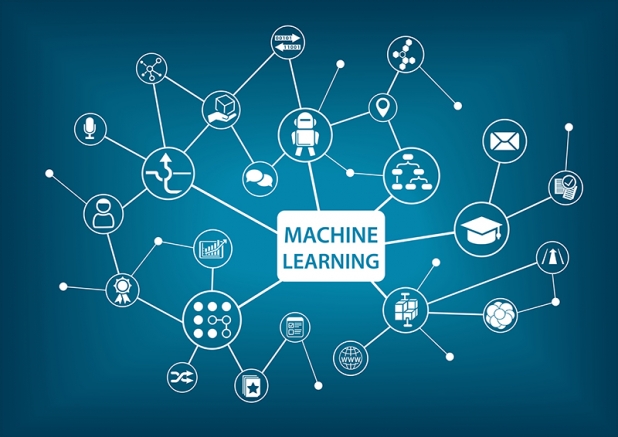What is Machine Learning

Machine learning is a part of computer science that has come from the study of computational learning theory and pattern recognition. It explores the study and structure of algorithms that can learn from and make predictions on data. Machine learning is very common today and is being made use of in a variety of businesses.
It is common to see machine learning split into two types of algorithms, supervised and unsupervised. Unsupervised algorithms are regularly used for more complicated processing tasks than supervised learning systems, and they do not need to be trained with desired outcome data. Instead they use an approach called deep learning to review data and arrive at conclusions. In contrast, supervised algorithms require work from humans to provide both input and desired output.
An example of machine learning being used is in Facebook’s news feed. Using this form of artificial intelligence, if Facebook sees a user stop scrolling to read or like a certain friends post on a consistent basis, then Facebook will start posting it higher up the page. The way it works is through statistical and predictive analysis. Machine learning will identify patterns from a particular user’s data and then use that to populate the newsfeed. If a user’s interests change, and that user stops liking or reading a particular person’s posts, the machine learning will adjust the news feed accordingly.
The progress of machine learning has been exponential, the way it is used today is far more advanced in comparison to how it was used in the past. It was born on the premise that computers could learn to analyse data without actually being programmed to perform that specific task. Today, the ability to apply complex mathematical equations to masses of data, at an increasing speed, has seen machine learning be used in a variety of industries.
The first example of machine learning being used is in the financial sector. Firstly it is used to analyse data and then spot investment opportunities, as it can predict future stock prices. It can also be used by banks to identify anomalies in customer data. For example if there are unusual sequences in a customer’s credit card transactions, it may spot the probability of that customer partaking in fraudulent behaviour. On top of this, the healthcare industry are increasingly using machine learning, the purpose of which is to assist doctors and nurses improve treatment courses and increase diagnosis validity.
Moreover, marketing organisations are using machine learning to analyse consumption behaviours from customers, and with this recommend new items to purchase. This form of machine learning is a way of personalising a consumers shopping experience. Finally, a number of organisations use machine learning’s capability to sift through large amounts of data to increase transportation efficiency. For example delivery companies will use machine learning to figure out the best route that will enable them to become more efficient.
So why do we need machine learning? To put it simply, it can either perform tasks much more efficiently in comparison to humans, or perform Big Data tasks that would be impossible for human’s to achieve. When you provide a large amount of data with a problem to a machine learning algorithm, it can analyse the data and find the solution programmers set out to discover.
Click here for Machine Learning Jobs

